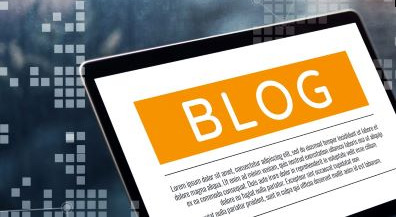A little more than a year ago, Auto Innovators released our Innovation Agenda, a comprehensive, national strategy to preserve and enhance U.S. competitiveness in automotive innovation. The document outlined both supply- and demand-side recommendations necessary to support U.S. leadership, such as incentivizing research and development, modernizing regulatory approaches for advanced technologies, supporting manufacturing investments, as well as encouraging consumer incentives, accelerating infrastructure investments, and upgrading building codes.
The agenda was released at a time of transition for our industry and the nation. Automakers were grappling with the ramifications of the COVID-19 pandemic – still being felt today – and a new administration and Congressional leadership were coming into office with ambitious goals to address significant challenges such as climate change and infrastructure.
As we begin 2022, our Innovation Agenda remains as important as ever, and we continue to strive toward achieving the holistic approach necessary to preserve U.S. leadership in defining the future of mobility. We have made a great deal of progress so far, proactively as an industry and in collaboration with policymakers, to advance smart policy, establish new initiatives, make investments, and gain support for the innovative technologies that are driving the automotive industry toward a cleaner, safer, and smarter transportation future.
We’ve seen tremendous commitment at all levels of government and the private sector to embrace the electric-drive future. The Biden Administration announced an ambitious goal of achieving 40-50 percent of electric vehicle (EV) sales by the end of the decade. The auto industry will invest $330 billion toward electrification by 2025. These goals and investments, however, require supportive government policies to live up to their potential.
The Infrastructure Investment and Jobs Act included up to $7.5 billion in funding for electric vehicle (EV) charging infrastructure and was an important step in advancing the policies and investments necessary to support this transition to the electric future. A further showcase of the dedication to electrification across the automotive industry was the establishment of the National EV Charging Initiative last year, which brought together industry leaders, labor, and public interest groups – Auto Innovators included – to signal the need for action at the federal level on a nationwide charging network. These are important steps in the right direction, but they are only the beginning if the U.S. wants to be a leader in shaping a cleaner future.
In addition to advancing policies supportive of the electric future, the Infrastructure Investment and Jobs Act, now law, also represents a step toward a safer future through the inclusion of a five year safety title that advanced important measures such as the modernization of the New Car Assessment Program (NCAP), creating a pathway to accelerate adoption of advanced safety technologies. Further, legislative proposals like the SELF Drive Act and the CHIPS for America Act demonstrated the opportunities presented by automated vehicles and the ongoing importance of investment in chip capacity, respectively.
Though federal actions took center stage for much of the year, we made significant progress at the state level as well. Auto Innovators’ Get Connected Electric Vehicle Quarterly Report has demonstrated the headway we’ve made since those commitments. In 2021, zero emission vehicles (ZEVs) represented 4.1 percent of light-duty vehicle sales in the country, nearly twice the total for 2020.
Just as when we first released our Innovation Agenda, the current landscape remains uncertain. We have unfinished business and a lot more that we need to accomplish over the next 12 months. Innovation is flourishing in our industry, but we risk ceding important ground if our politics and policies don’t keep up. That consideration is what drove the development of our Innovation Agenda in the first place, and it is what drives the hard work and progress that we hope to build on in 2022.
